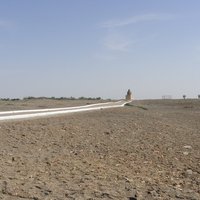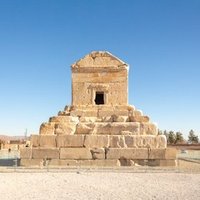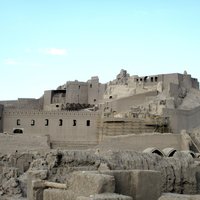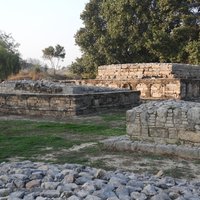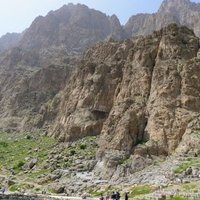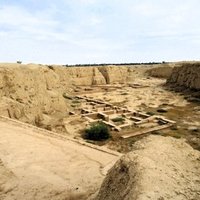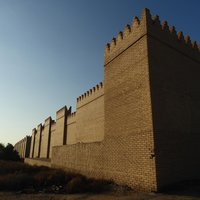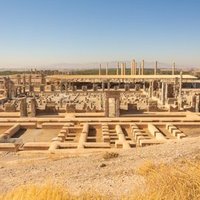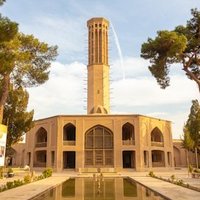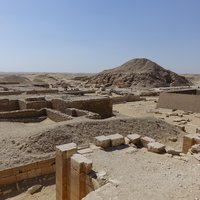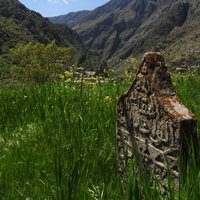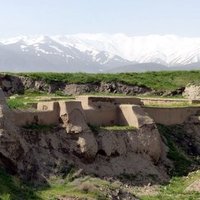Connected Sites
-
Urgench Was The Capital Of The Khorezm Region, Part Of The Achaemenid Empire
-
Pasargadae Was The First Dynastic Capital Of The Achaemenid Empire, Founded By Cyrus Ii The Great
-
The Origins Of Bam Can Be Traced Back To The Achaemenid Period
-
"The Bhir Mound Is The Earliest Historic City Of Taxila And Was Probably Founded In The 6th Century Bc By The Achaemenids" (Ab Eval And Unesco Web Site)
-
Features Remains From The Prehistoric Times To The Median, Achaemenid, Sassanian, And Ilkhanid Periods
-
Under The Achaemenids, And Particularly From Darius' Reign, Susa Was One Of The Elected Residences Of The Kings. (Ab Ev)
-
Under Cyrus And The Subsequent Persian King Darius I, Babylon Became The Capital City Of The 9th Satrapy, As Well As A Centre Of Learning And Scientific Advancement. In Achaemenid Persia, The Ancient Babylonian Arts Of Astronomy And Mathematics Were Revitalized, And Babylonian Scholars Completed Maps Of Constellations. The City Became The Administrative Capital Of The Persian Empire And Remained Prominent For Over Two Centuries.
See En.Wikipedia.Org
-
Persepolis Was The Ceremonial Capital Of The Achaemenid Empire. André Godard, The French Archaeologist Who Excavated Persepolis In The Early 1930s, Believed That It Was Cyrus The Great Who Chose The Site Of Persepolis, But That It Was Darius I Who Built The Terrace And The Palaces. Inscriptions On These Buildings Support The Belief That They Were Constructed By Darius.
See En.Wikipedia.Org
-
The Legacy Of The Persian Garden Throughout The Middle East And South Asia Starts In The Achaemenid Period, Especially With The Construction Of Pasargadae By Cyrus The Great.
See En.Wikipedia.Org
-
Egypt And Memphis Were Taken For Persia By King Cambyses In 525 Bc After The Battle Of Pelusium. Under The Persians, Structures In The City Were Preserved And Strengthened, And Memphis Was Made The Administrative Headquarters Of The Newly Conquered Satrapy. For Almost A Century And A Half, The City Remained The Capital Of The Persian Satrapy Of Egypt, Officially Becoming One Of The Epicentres Of Commerce In The Vast Territory Conquered By The Achaemenid Monarchy.
See En.Wikipedia.Org
-
"As Part Of The Achaemenid Territory (The Medes Satrapy) Hawraman/Uramanat Region Also Enjoyed A Relative Tranquillity Until The Demise Of The Achaemenid Empire." (Nomination File, P. 134)
-
"In 550 Bc, Cyrus The Great Defeated Astyages And Conquered Ecbatana, Forming The Achaemenid Empire. Although Ecbatana Lost Its Former Importance, It Was Located On The Royal Road, Where It Connected Persepolis To Sardis," (Wiki)
-
-

